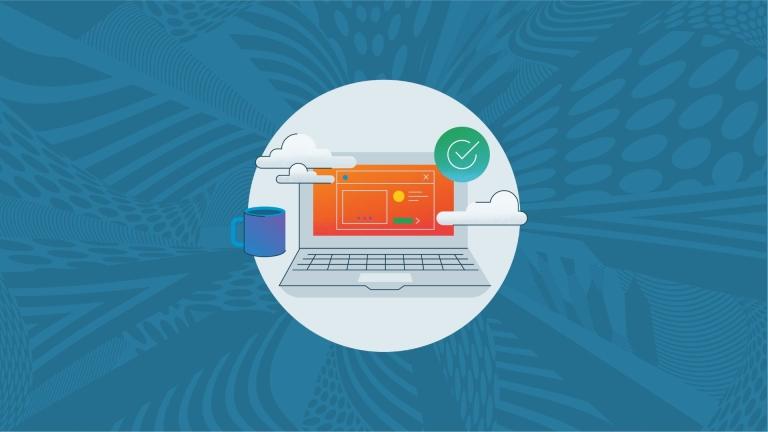
Training plays an important role in the success of any organization, serving as the foundation for employee development, improved performance, and long-term business growth. By providing ongoing training, companies not only equip their employees with essential knowledge and skills but also create a culture of lifelong learning. Effective training programs have a few common themes, such as ensuring employees are aligned to industry standards, comply with legal regulations and company policies, and have the skills needed to meet evolving job demands. Even with these similarities, not all training is the same. Many modern organizations are moving from compliance-based training to competency-based methods.
Compliance training focuses first on ensuring employees adhere to standards and policies, taking a company-first approach. Competence training takes a more holistic people-centered approach, helping employees build practical skills and industry expertise that enhance not only job performance, but promote long-term career success outside of a given role. While compliance training is often mandatory and focuses on knowledge retention, competence training is more dynamic and tailored to the individual.
Transforming your professional learning approach is made easier by using tools like Canvas LMS to create powerful competence-based learning programs that foster skill development through interactive, academic-style methods—resulting in deeper learning, continuous feedback, and real-time tracking of employee progress.
How Canvas LMS Supports Competence-Based Learning
Canvas LMS helps organizations apply academic style learning methods in a corporate setting. One of the standout capabilities is its robust course customization tools, which allow trainers to design learning paths tailored to specific job roles and skill levels. This ensures that employees receive personalized content that directly aligns with their development needs. Additionally, its assessment tools enable organizations to measure competence through quizzes, serving as immediate checkpoints to assess understanding and retention.
Feedback loops within Canvas, such as comments from instructors, provide continuous guidance to help employees optimize their performance as they progress through a training module or course. Feedback is also encouraged from peers as well, with discussion boards promoting collaborative learning by encouraging employees to share insights and solve problems together. For example, organizations using Canvas for sales training may employ peer reviews or discussion boards to critique mock pitches, while quizzes could be used to test understanding of product knowledge. By combining these academic elements with real-world scenarios, Canvas helps organizations track employee progress with detailed analytics and reporting tools like Intelligent Insights, ensuring that competence is continuously measured.
Steps for Transforming Your Professional Learning Approach
- Transitioning from compliance-focused training to a competence-based approach begins with a thorough skills analysis. Organizations must first identify the key competencies needed for various roles and assess any skill gaps among their workforce.
- From there, learning objectives should be clearly defined to align with business goals, ensuring that training programs are designed not only to meet regulatory requirements but also to build practical, relevant skills. Customized learning paths are crucial in this shift, allowing employees to engage with content that directly addresses their specific development needs, whether it's technical skills, leadership, or problem-solving capabilities. Canvas LMS supports this process by offering flexible course design and the ability to tailor learning experiences to different job functions.
- To ensure that competence is being developed effectively, continuous feedback and assessments are essential components of the learning process. Employees need ongoing guidance and the opportunity to apply what they've learned in real-world scenarios. Regular assessments, both formal (quizzes, assignments) and informal (peer reviews, discussions), help track progress and reinforce learning.
- Success should be measured by tracking Key Performance Indicators (KPIs) and learning outcomes specific to a role. By using Intelligent Insights, organizations can monitor employee development in real-time, adjusting training programs as needed to ensure that they are achieving their desired results.
Shifting from compliance to competency-based training offers many benefits, including improved employee performance, enhanced skill development, and greater alignment with organizational goals. By focusing on building practical competencies rather than simply fulfilling mandatory requirements, companies can empower their workforce to excel in both their roles and careers, driving long-term success. Now is the time for organizations to move beyond simple rule-based training and start building programs that foster professional growth. Take the first step today by leveraging Canvas LMS to design training that truly makes an impact.
Related Content
 Teaching-With-Tech-10-Benefits.jpg
Teaching-With-Tech-10-Benefits.jpgBlogs
 roi-lms-business.jpg
roi-lms-business.jpgBlogs
 blogs_10.png
blogs_10.pngBlogs
